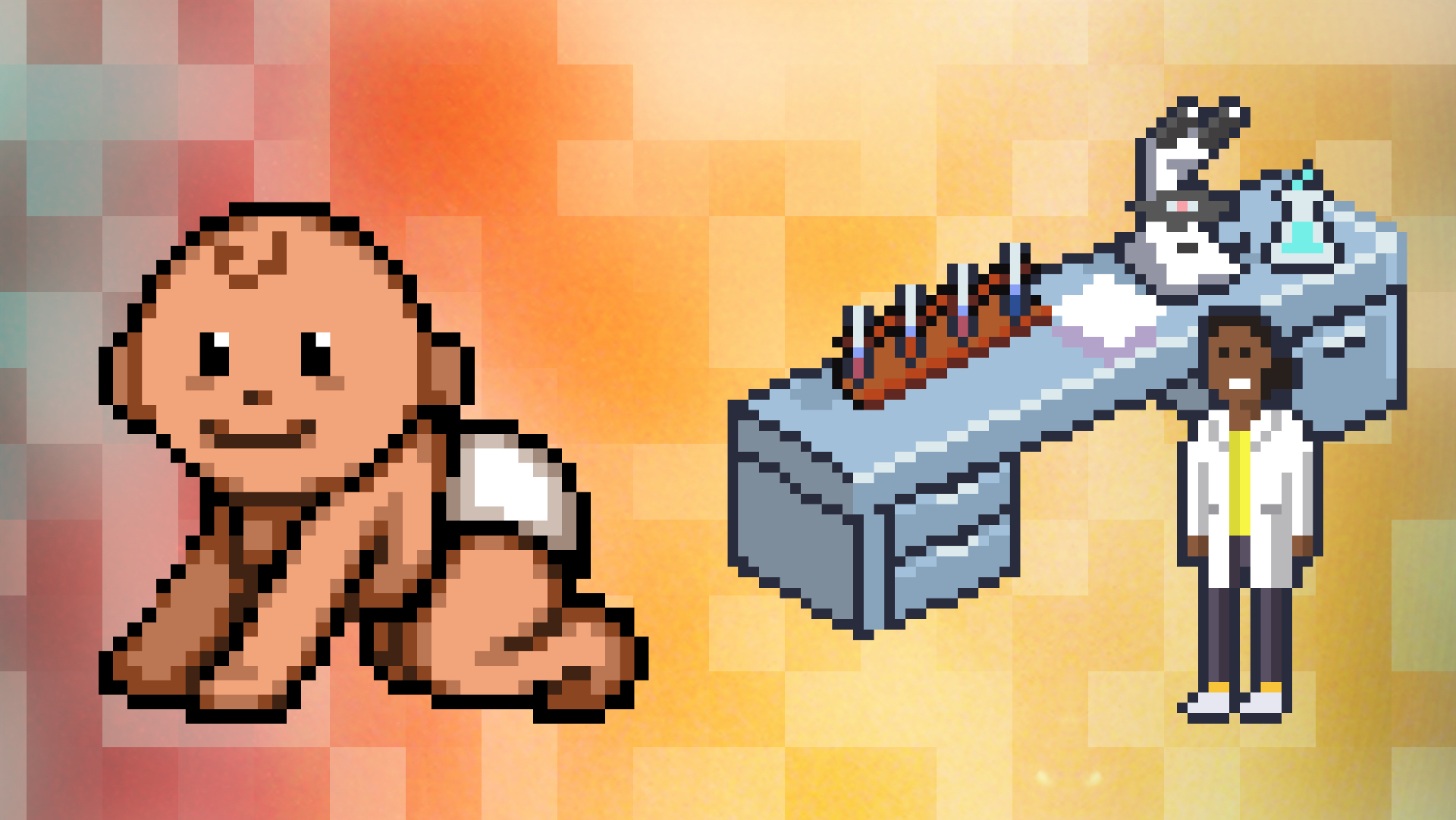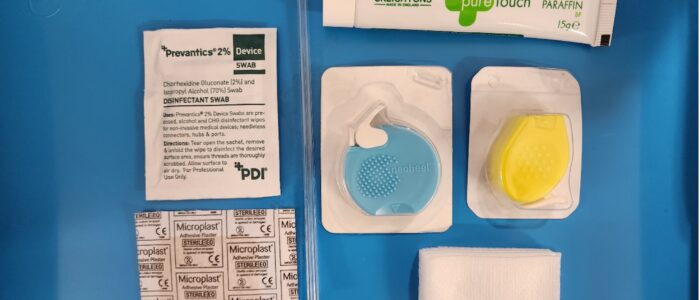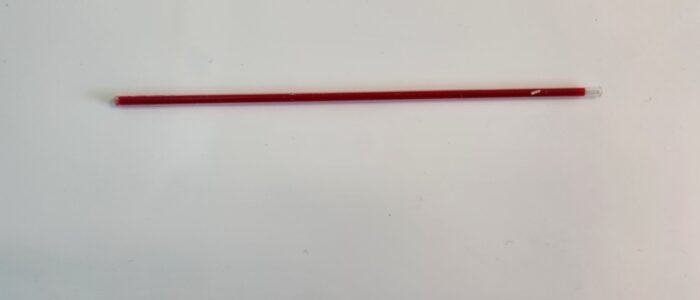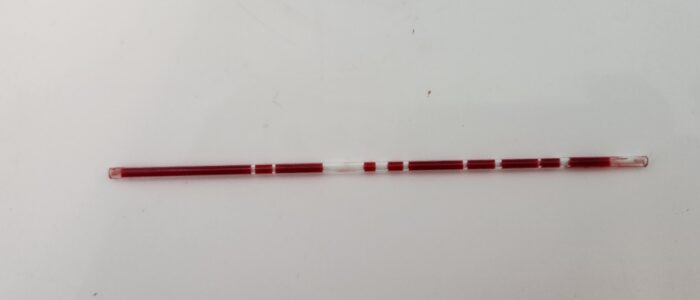- 📖 Geeky Medics OSCE Book
- ⚡ Geeky Medics Bundles
- ✨ 1300+ OSCE Stations
- ✅ OSCE Checklist PDF Booklet
- 🧠 UKMLA AKT Question Bank
- 💊 PSA Question Bank
- 💉 Clinical Skills App
- 🗂️ Flashcard Collections | OSCE, Medicine, Surgery, Anatomy
- 💬 SCA Cases for MRCGP
To be the first to know about our latest videos subscribe to our YouTube channel 🙌
This neonatal capillary blood gas sampling (CBG) (also called a heel prick) guide provides a step-by-step approach to performing a neonatal capillary blood gas in an OSCE setting. It is NOT intended to be used to guide patient care.
A capillary blood sample is a less invasive method of collecting blood samples than venepuncture and can preserve venous access. A capillary blood gas involves collecting a small volume blood sample, which can be analysed using a blood gas machine providing information on acid-base status, ventilation and electrolytes).
Capillary samples can also be sent for other tests (e.g. U&E, glucose). However, venepuncture may be a better option if multiple tests are required.
Gather equipment
Collect all equipment needed for the procedure and place it within reach on a tray or trolley, ensuring that all the items are clearly visible:
- Clean procedure tray
- Non-sterile gloves
- Apron
- Lancet
- Capillary tube and silicone plugs
- Sharps container
- Alcohol swab (2% chlorhexidine gluconate in 70% isopropyl)
- Soft yellow paraffin
- Gauze
- Sterile plaster
Choosing a lancet device
Choose a lancet device to perform a capillary blood gas. Always follow local guidelines, as local equipment may vary.
- Infants < 2000g: yellow Neoheel™ lancet
- Infants >2000g: blue Neoheel™ lancet
Introduction
Wash your hands using alcohol gel. If your hands are visibly soiled, wash them with soap and water.
Don PPE if appropriate.
Introduce yourself to the parent/carer, including your name and role.
Confirm the patient’s name and date of birth.
Briefly explain what the procedure will involve using patient-friendly language: “Today, I need to take a blood sample, which involves a small prick into the heel. The procedure will only take a few minutes.”
Gain consent from the parent/carer to proceed with capillary blood gas sampling.
Check if the patient has any allergies (e.g. latex).
Adequately expose the patient’s foot for the procedure.
Position the patient comfortably, with skin-to-skin or parental contact.
To reduce discomfort, administer appropriate pain relief, such as expressed breast milk, non-nutritive sucking or sucrose.
Choosing a site
Choose a site to perform a capillary blood gas on:
- Select a site that is warm and has good perfusion on the lateral aspect of the heel
- Avoid the posterior curve of the heel and any sites that have been previously bruised or have difficult access due to bandages/lines etc.
- Pre-existing medical conditions may prevent particular limbs from being used (e.g. arterio-venous fistula, lymphoedema, a stroke affecting the movement of a limb)
Perform the capillary blood gas
1. Clean the chosen site with an alcohol swab (if preterm, clean with a saline wipe) and allow it to dry.
2. Hold the patient’s heel in a circle between thumb and index finger using your non-dominant hand.
3. Place the lancet device firmly against the heel, and activate it.
4. Wipe away the first drop of blood with gauze.
5. Apply a thin layer of soft paraffin on the site.
6. Squeeze the heel gently but firmly till blood forms a droplet.
7. Place the capillary tube close to the puncture site/droplet of blood in a slightly downward position to allow easier blood flow into the tube.
- If blood is not flowing well, the foot can be gently massaged to encourage blood flow.
- If the blood appears to have dried, try to clean the site and apply pressure again.
8. Collect the blood and fill the capillary blood tube without any air bubbles (see images).
- If air bubbles exist, invert the tube downward to bring the blood forward and remove the bubbles, then continue collecting the sample.
9. Cap the tube with the silicone plugs.
10. Apply pressure to the puncture site with gauze until the bleeding stops, then apply plaster.
To complete the procedure…
Explain to the parent/carer that the procedure is now complete and that they should seek review if the puncture site becomes inflamed or starts re-bleeding.
Thank the parent/carer for their time.
Dispose of sharps, PPE appropriately and wash your hands.
Immediately take the tube to a blood gas machine with the patient’s details to process.
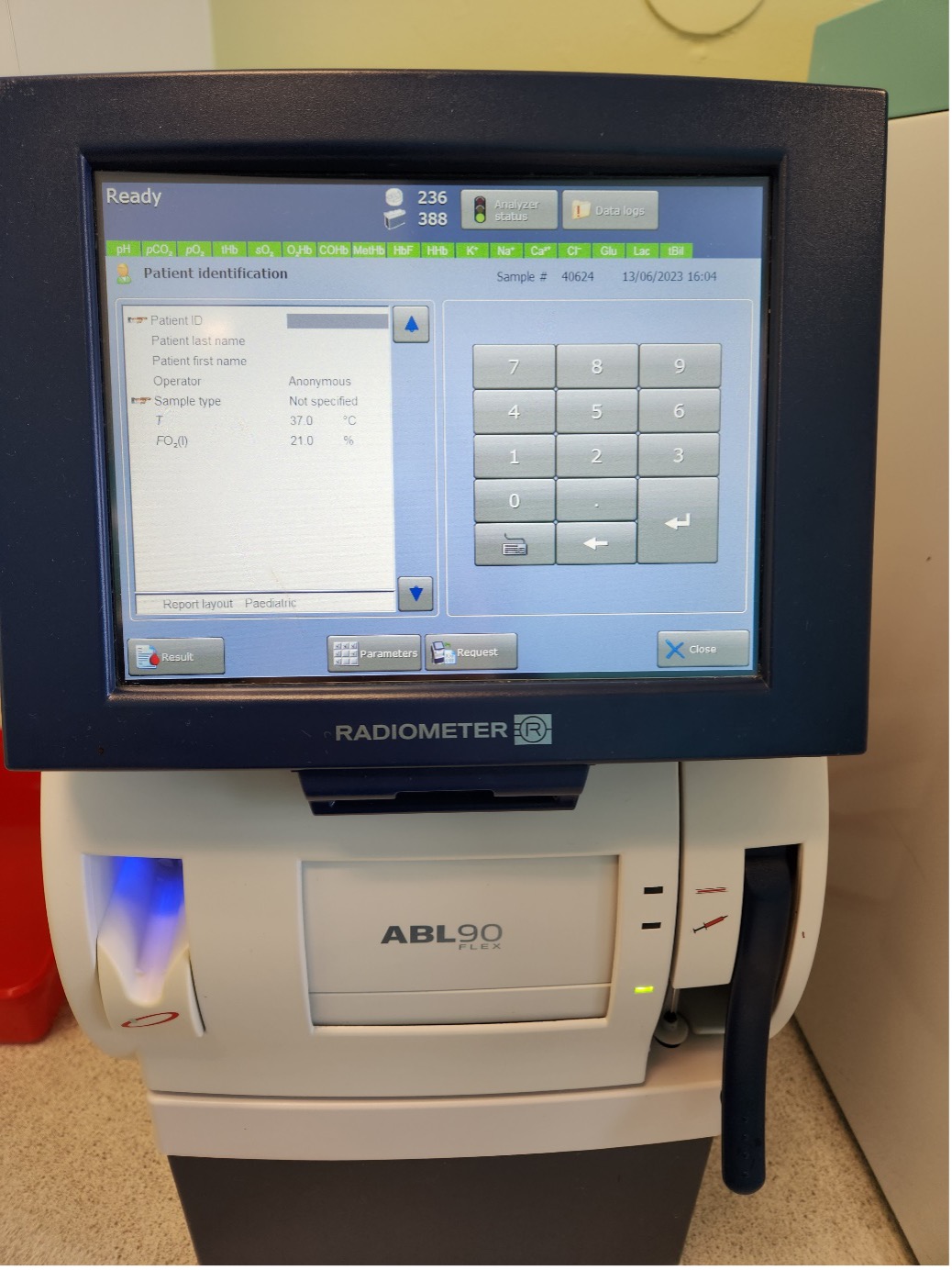
Reviewer
Dr Chandran Bai
Paediatric Registrar
References
- NHS Greater Glasgow and Clyde. Capillary blood sampling. Available from: [LINK]


